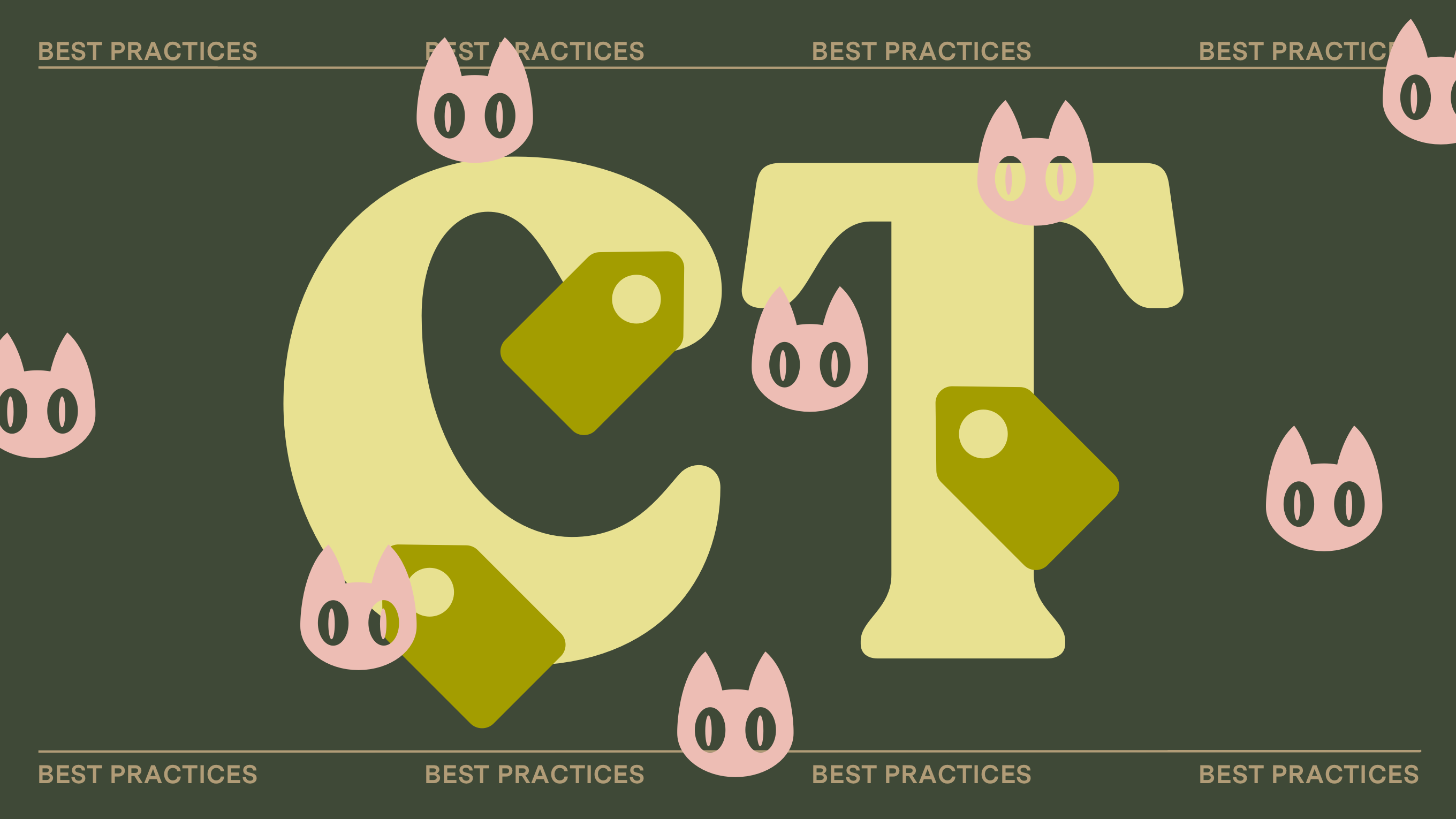An expert in digital strategy, Jeff brings meticulous energy to the creative world through intentional design that works as well as it plays out on the screen. Intuitive form and function are his trademarks, finely honed through twenty years spent designing digital experiences that connect and inspire.
We use categories and tags to organize content on a website and have developed a rule of thumb for how should they be used, based on hundreds of websites and user experience data.
Note that the terms “category” and “tags” are somewhat arbitrary, as we could use “topics” or “services” or whatever is most appropriate for the use case. These are all examples of what is known in web design as taxonomies. The key is knowing how to setup the taxonomy and stay consistent in how it’s used.
For purposes of this article we’re going to describe the two most common ways we use taxonomies and refer to them as categories and tags.
Ready to learn the difference between the two?
Categories
We use categories to represent broad topics or themes, and assigning a category to a post is often mandatory—but only a single category, never more than one. The reason is due to how we like to structure the user navigation experience.
Let’s say we have a filter on a blog with these 4 categories: “Artists,” “Trends,” “Tutorials,” and “News.” When a user selects “Tutorials” for example, they are wanting to view only the tutorial content. If more than one category is assigned to any of these posts, it could cause confusion as the user may see the same post across multiple filter selections. This is especially problematic when the user selects a different category and it doesn’t appear that anything on the screen has changed.
Because we intentionally design for one category per post, we need to be strategic in what categories names are setup to avoid too much overlap between categories. So careful planning is needed to ensure category names are broad and distinct.
Categories can also be hierarchical. Depending on the situation, we may want to allow the taxonomy to have parent categories and child subcategories.
Tags
Tags are usually optional, and one post can have many tags. A typical blog could have 200 or more tags, but only 5 categories.
Tags can be very specific, and we don’t need to be as concerned about the naming of tags. They also do not have any hierarchy, so there’s no parent-child relationship among them.
We often use tags internally on a project rather than labels the user sees on the front-end. One example of this is for cross-linking content, such as displaying “Related Posts.”
Conclusion
This approach has provided a clear user experience, improved navigation, better SEO, and maintains a future-forward content strategy. It’s important than all site managers understand the content strategy, and then stay persistent to maintain these practices.


